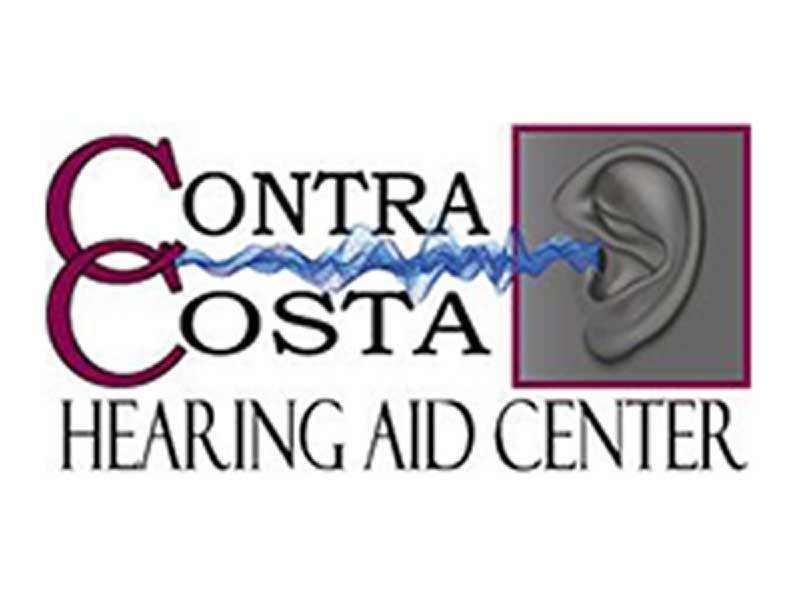In the same way that there are numerous reasons for hearing loss, there are several forms of hearing loss; understanding the way that we hear is the beginning of understanding the distinct types. We receive sounds through the outer ear, which is not merely the portion of the ear on the outside of our heads, but also the eardrum and the ear canal. The eardrum is also considered part of the middle ear, an area that also includes the 3 miniature bones called ossicles that take the vibrations of sound and send them to the inner ear. The inner ear has three major parts – the cochlea, the two semi-circular canals (essential for balance) and the acoustic nerves which transmit the impulses to the brain. All sections of the ear are complex and fragile. Problems in any of the 3 sections – outer, middle or inner ear – can cause hearing loss. There are four main classes of hearing loss.
The first classification is conductive hearing loss, which is due to an obstruction or interference which hinders the sounds from being transmitted through the outer or middle ear. Hearing aids can treat conductive hearing loss if medication or a surgical procedure cannot remove the blockage.
Sensorineural hearing loss generally refers to damage to the hair cells of the inner ear, to the cochlea, or sometimes to the acoustic nerves. Hearing aids are usually the best option for treating sensorineural hearing loss, as most cases are not successfully remedied with medication or surgery.
The third classification is mixed hearing loss, which is a combination of conductive and sensorineural hearing loss, and which can often be treated using the same combinations of surgery, medication, and hearing aids.
Central hearing loss occurs when sound enters the ear normally, but because of damage either to the inner ear (especially to the cochlea) or to the auditory nerves, it cannot be organized in a way that the brain can understand.
All hearing loss classifications include sub-categories for the degree of hearing loss and are classified as mid-level, moderate, severe, or profound. Hearing loss is typically classified with additional sub-categories including whether the hearing loss occurs in one or both ears (unilateral vs. bilateral), whether the degree of hearing loss is the same in both ears (symmetrical vs. asymmetrical), or whether the hearing loss occurred before or after learning to speak (pre-lingual or post-lingual). Other sub-categories of hearing loss include progressive or sudden (occurring gradually or all at once), fluctuating or stable (getting better at times, or staying the same), and congenital or acquired (present at birth or developing later in life). The most important thing to bear in mind, however, is that whatever type of hearing loss you may have incurred, our specialists can help you to diagnose and treat it properly.
